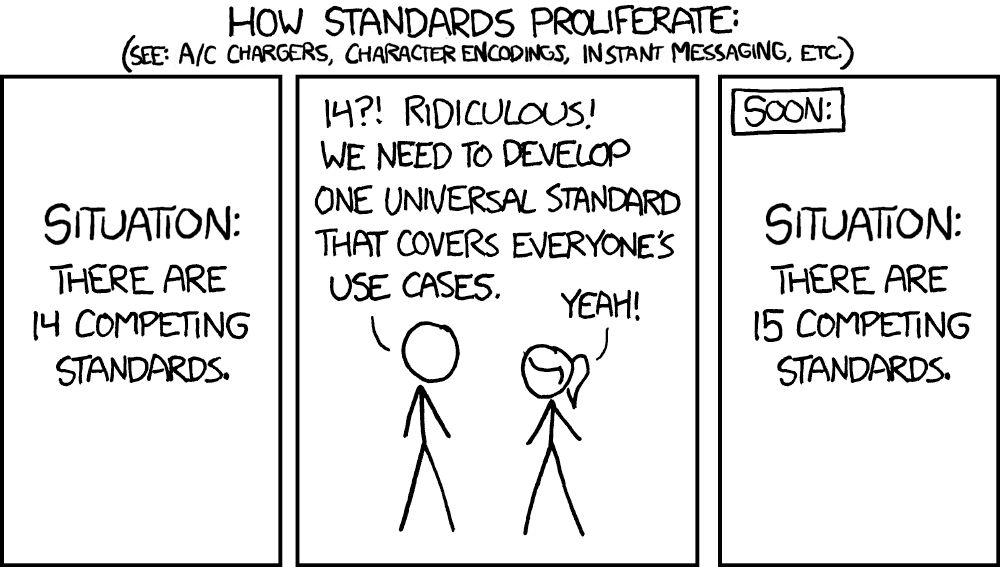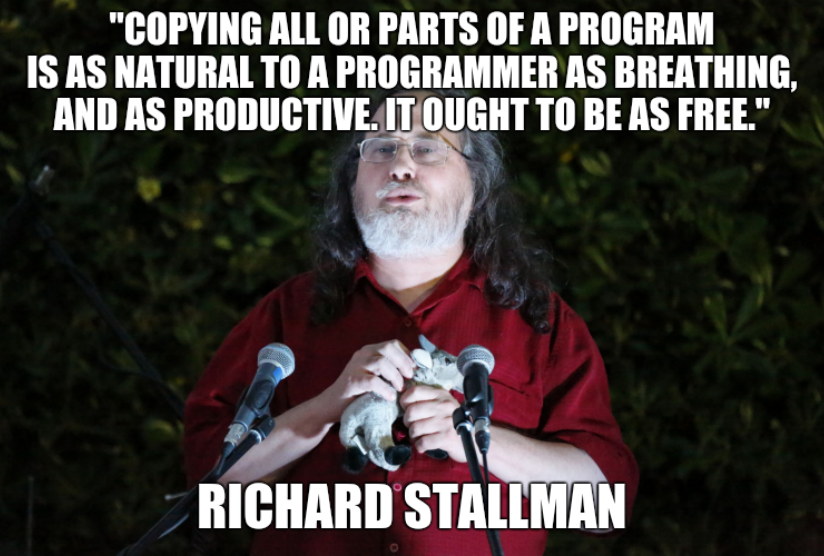

Ubuntu, RHEL and Fedora use it as the default and they are very big distros. Idk if it’s enough but that’s what I know.
I mean, that’s pretty irrelevant. If you were for example at least comparing the downloads of fedora Vs spins, that would be a beginning of something.
Idk. KDE was unstable for me and it always has bugs after major releases. They should test things better.
-
In case it wasn’t obvious: stability is not reliability
-
So does GNOME, especially when you have a lot of extensions
-
KDE is pretty crap in both regards
Personal opinion.
Is that why every distro comes with vanilla GNOME? Oh wait…
But hey at least it’s getting better over time.
Meanwhile over the years KDE got lighter than GNOME while constantly piling on features.



Not really:
RHEL is paid if you need more devices than the free license provides
SEL and Ubuntu Pro don’t have any free licenses as far as I remember
you can mostly use windows without paying anything